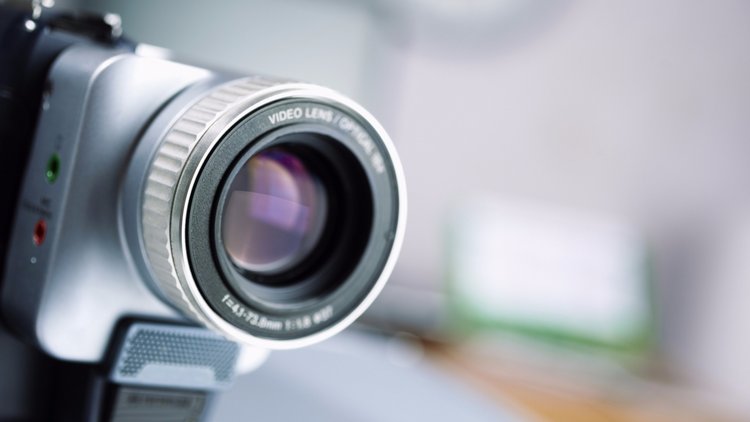And yet a study by Demand Metric found that less than 10 percent of companies surveyed were incorporating that highly actionable viewing data into their marketing automation or CRM systems. They outline the problem it aims to solve, the ways in which your product or service can solve it and the reasons why your team is right for the job. A sharp, engaging commercial can instantly capture your targets' attention and highlight some of the solutions that your brand offers that they may not have considered before. Once people have a clear understanding of the problem being addressed, they’ll begin to analyze different potential solutions. They effectively demonstrate why enlisting your services or buying your product is going to meet customers' needs and exceed their expectations. At the decision stage, buyers have decided that they do have a problem and need to find a way to solve it. Customers are especially trusting of other people who have had experience with your business. Next, a call to action is vital to move potential customers further through the funnel.

A new partnership between HubSpot and video-marketing automation platform TwentyThree is the most recent testament to the growing power of video as a marketing tool. Consumers crave visual content more than ever before — and their taste for video continues to increase.
According to a study by Wistia, people spend more than double the time on web pages with video that they do on pages without video. And yet a study by Demand Metric found that less than 10 percent of companies surveyed were incorporating that highly actionable viewing data into their marketing automation or CRM systems.
If your business is among those nine out of 10 video marketing laggards, you’re missing out on the chance to create important emotional connections with potential customers. Here are some of the reasons you should change gears now:
Video lives and breathes.
Which is more memorable — meeting someone in person or seeing his or her picture on Facebook?
For most people, the more memorable experience is probably the former. The experience of striking up a new acquaintance in person has more capacity to elicit real emotion. Brands are always striving to reach that same level of trust; and building an emotional connection is the best way to grab attention and create authentic, lasting bonds.
Until everyone owns a virtual reality headset, video is going to be the only way to truly capture multiple layers of human emotion. Not only can a piece of video be sad or thrilling, but it’s a medium that also persuades audiences to be engaged. Just as you would during a live conversation with another person, as a viewer of video, you’re constantly scanning the faces, gestures and body language of the people on screen to better understand what they’re trying to tell you.
You can appealing to humans, not just prospects.
Consider two tools that airlines use to communicate safety information: Would you rather read a 2D print pamphlet in the seat back in front of you or watch a video with music involving actors and stunts? Both mediums contain the same information, but video is almost universally preferred because of its intrinsically human qualities.
Take a look at this Red Bull commercial, for example. While it breaks many traditional advertising rules (the brand name isn’t even mentioned until 23 seconds into the 29-second spot, for one thing), it ultimately wins over audiences by juxtaposing athletic feats with emotional displays of smiles, laughter and hugs.
Pretty effective, right? Now, let’s explore how video used at each stage of the buyer’s journey can have the same effect on your customers.
1. You can tempt them into the funnel. The first step in the buyer journey is awareness. All potential customers have a basic problem they want to solve, whether they know it or not. As they research general information about your product, you can deploy several types of…

COMMENTS